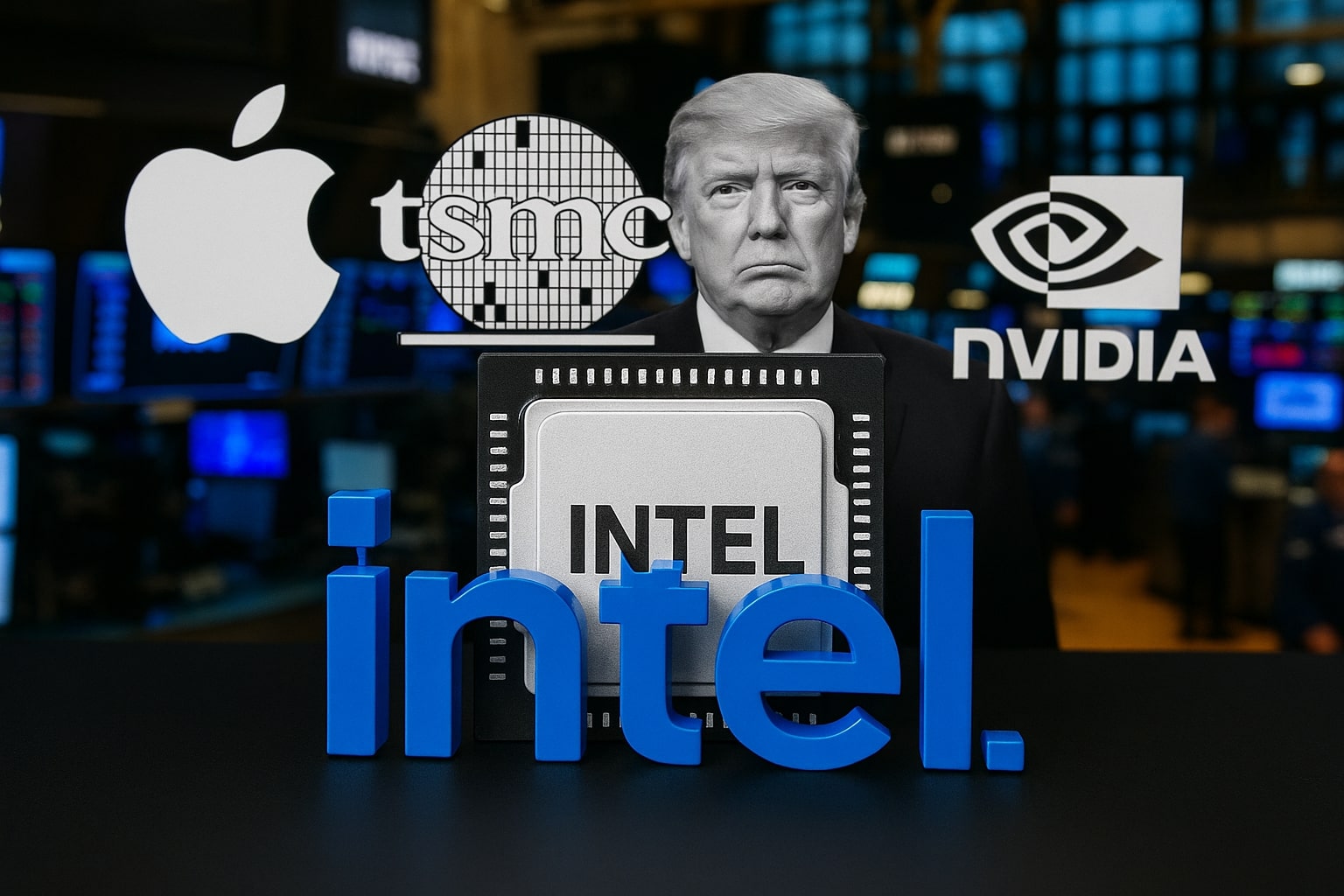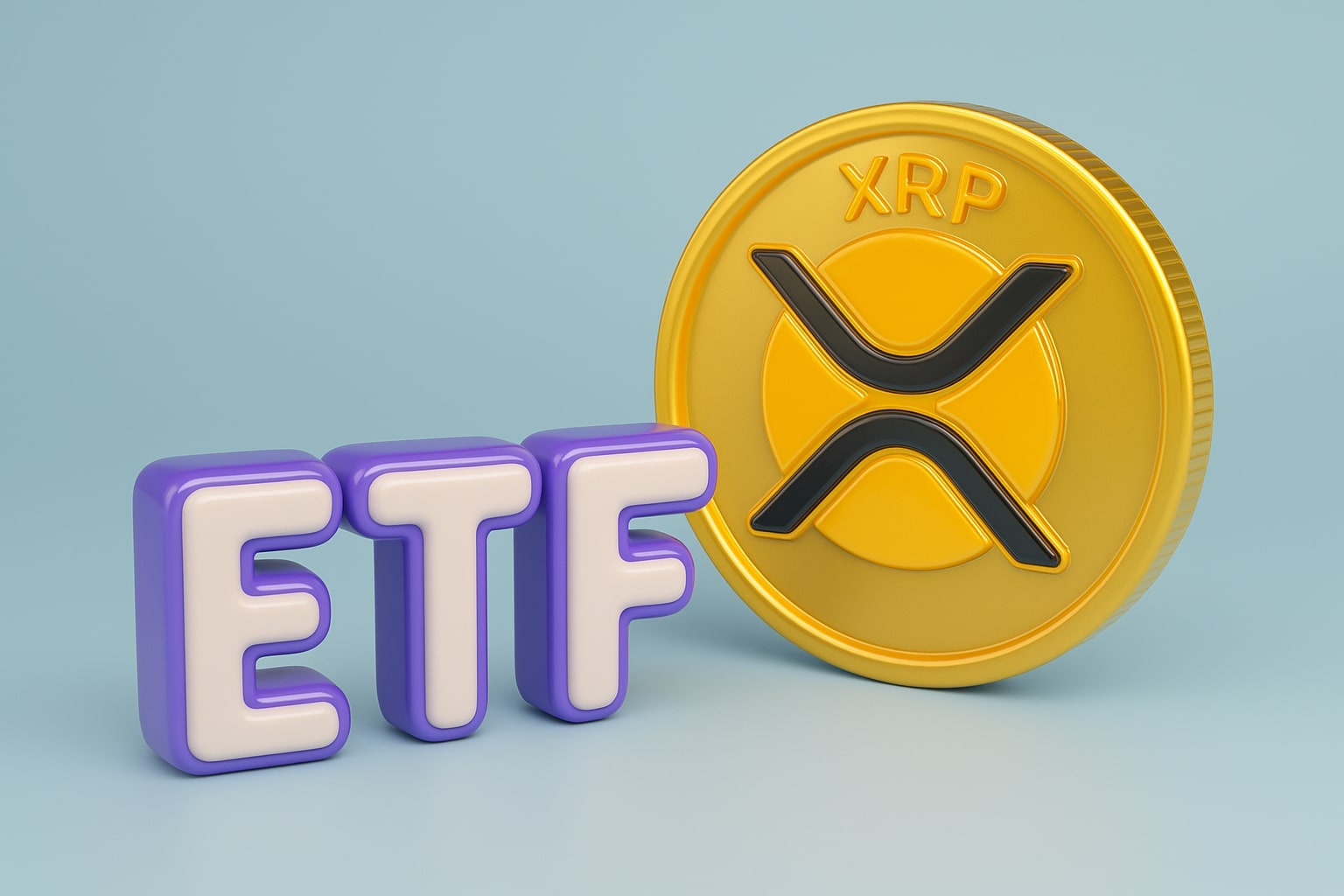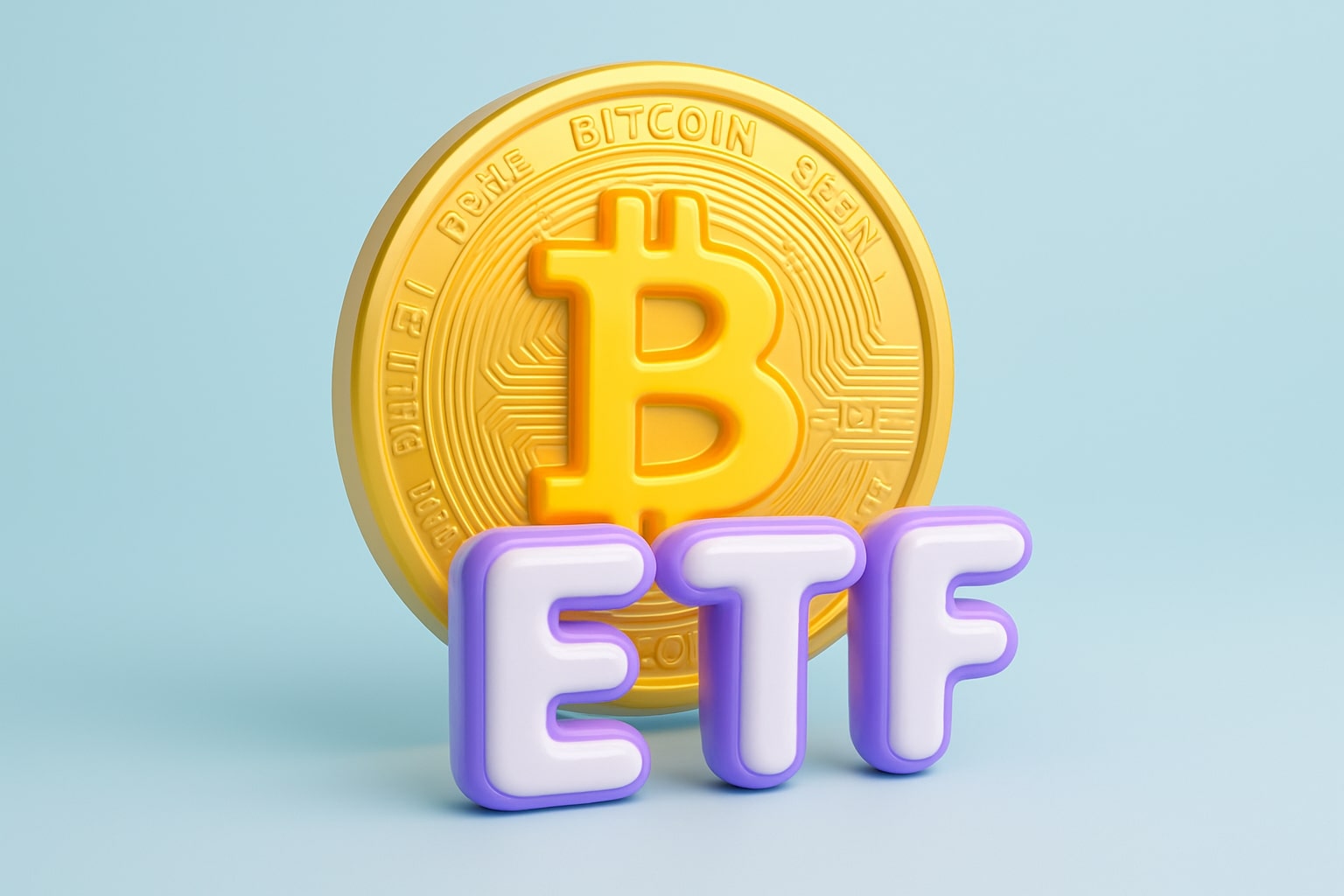
Intel Stock Price Forecast - INTC Climbs to $35.50 After 4.44% Weekly Surge as Nvidia, Trump, and Apple Fuel AI Revival
With shares testing a 52-week high at $36.30, Intel has gained 48% over 12 months and 77% year-to-date. Massive capital inflows, Nvidia’s partnership, and U.S. government backing have flipped sentiment, making INTC a buy on dips despite deep annual losses | That's TradingNEWS
Intel Stock Price Forecast -NASDAQ:INTC Rallies to $35.50, Up 77% in 2025, as Nvidia, Trump, and Apple Put Billions Behind Its AI Revival
This Week’s Momentum and Price Action
Intel stock (NASDAQ:INTC) closed the week at $35.50, climbing 4.44% in Friday’s session after touching a fresh 52-week high of $36.30. In after-hours trading, shares hovered slightly lower at $35.41, but the week’s gains reflected renewed investor conviction that Intel is no longer just a recovery play but a strategic cornerstone of U.S. technology policy. The sharp rally came on the heels of reports suggesting Intel was in talks with Taiwan Semiconductor (NYSE:TSM) over AI chip collaborations, though TSMC later denied formal negotiations. The rumor itself highlighted Intel’s aggressive efforts to reposition inside the artificial intelligence supply chain, and the market responded by bidding up shares almost 90% from their summer lows near $18.
September’s Transformative Funding Wave
September has been Intel’s most important month in years, and the stock’s 77% year-to-date gain shows how dramatically sentiment has shifted. Under new CEO Lip-Bu Tan, Intel secured nearly $17 billion in strategic capital that redefined its outlook. The Trump administration injected $8.9 billion to accelerate domestic fabs under national security mandates, Nvidia (NASDAQ:NVDA) committed $5 billion for a 4.3% stake, and SoftBank pledged $2 billion to reinforce Intel’s manufacturing expansion. Together, these moves not only recapitalized Intel’s balance sheet but also placed it at the center of U.S. technological independence. The Nvidia partnership was particularly transformative, opening a $100 billion addressable market as Intel now designs custom x86 CPUs for Nvidia’s AI infrastructure while co-developing AI PCs that merge Intel CPUs with Nvidia RTX GPUs. This combination positions Intel to regain ground in markets where AMD (NASDAQ:AMD) has steadily taken share.
Financial Struggles vs. Market Re-Rating
Despite the rally, Intel’s financial performance remains troubled. The company generated $53.07 billion in trailing revenue but booked a net loss of $20.5 billion with earnings per share at –4.77. Profit margins sank to –38.64%, and free cash flow stood at –$8.32 billion. Return on equity deteriorated to –18.62%, well below the industry average of 19%, and return on invested capital slumped to –12.7%. Yet markets have chosen to focus on the turnaround potential rather than the backward-looking losses. Over the past twelve months, INTC stock has advanced 48.41%, decisively outpacing the S&P 500’s 15.64% return. Market capitalization has ballooned from $98 billion in mid-2025 to $165.79 billion today, and the forward P/E multiple, now at 53.7, reflects investors pricing in recovery rather than collapse.
Read More
-
PFFA ETF Nears $21.50 as Rate Cuts and 9.49% Yield Spark Renewed Demand
29.11.2025 · TradingNEWS ArchiveStocks
-
XRPI and XRPR ETFs Ignite Ripple’s Institutional Rally as Inflows Near $1B and XRP Holds $2.20
29.11.2025 · TradingNEWS ArchiveCrypto
-
Natural Gas Price Forecast - NG=F Blasts to $4.85 as Demand Surge Fuel Multi-Month Breakout
29.11.2025 · TradingNEWS ArchiveCommodities
-
USD/JPY Price Forecast - Yen to Dollar Slides to 156.10 as Yen Strengthens on Fed Cut Expectations
29.11.2025 · TradingNEWS ArchiveForex
Geopolitics and Trump Policy as Catalysts
What makes Intel different from rivals like Nvidia and AMD is its irreplaceable geopolitical role. As the only scaled semiconductor manufacturer headquartered in the Western Hemisphere, Intel is not just another chipmaker but a critical pillar of U.S. national security. The Trump administration’s willingness to take an equity-style stake underscores how Intel’s fabs are viewed as strategic assets at a time when Taiwan’s TSMC (NYSE:TSM) and South Korea’s Samsung face ongoing geopolitical risk. With property, plant, and equipment of nearly $58 billion spread across the United States and Europe, Intel offers Washington a hedge against supply chain disruptions, giving it policy backing that competitors cannot match.
Apple, TSMC, and Strategic Partnerships
Beyond Nvidia, reports surfaced that Apple (NASDAQ:AAPL) is exploring an investment in Intel’s foundry business, a move that would further solidify Intel as a preferred partner for U.S. technology giants. While TSMC officially denied investment talks, the fact that Intel is actively approaching the world’s most advanced foundry signals its urgency to accelerate process technology and secure long-term customer flows. If these partnerships crystallize, Intel’s foundry division could transform from a capital drain into a profit engine, drawing customers like Amazon, Qualcomm, and even Tesla to U.S.-based fabs.
Insider and Institutional Positioning
Ownership trends reinforce the bullish case. Institutional investors control 65% of Intel’s float, reflecting deep conviction from funds that Intel is too strategically important to fail. Insider transactions, tracked here, show limited selling pressure, suggesting executives are aligned with the recovery narrative. Short interest has compressed to 2.17% of float, signaling that bearish bets have been squeezed out and the path of least resistance is higher.
Technical Setup and Market Sentiment
Intel’s stock has staged one of the strongest turnarounds in the semiconductor sector this year. After collapsing to $17.67 in early 2025, shares rebounded nearly 100% in just months, blowing past the 50-day moving average at $24.15 and the 200-day average at $22.01. With the current price at $35.50, Intel is testing resistance near $36, with options markets implying a December trading corridor between $26.77 and $39.69. Should momentum persist, a breakout toward $43–$45 is achievable, with strong support levels at $32–$33 on any pullback.
Why Intel Stock Is a Buy
The Intel of late 2024 was synonymous with decline, missed execution, and financial losses. The Intel of late 2025 is a re-capitalized, politically protected, and strategically indispensable manufacturer, armed with Nvidia’s backing, Trump’s funding, and Apple’s potential interest. The market has already rerated the stock from $17 to $35, but execution of the Nvidia collaboration and further foundry wins could justify far higher valuations. At today’s levels, Intel offers asymmetric upside: limited downside due to government and institutional support, and significant upside if AI partnerships begin producing revenue.
Intel (NASDAQ:INTC) is a Buy, with dips toward the low $30s offering attractive accumulation zones. The narrative has shifted from survival to revival, and the stock’s performance this week and this month confirms that smart money is already positioning for the next leg higher.


















